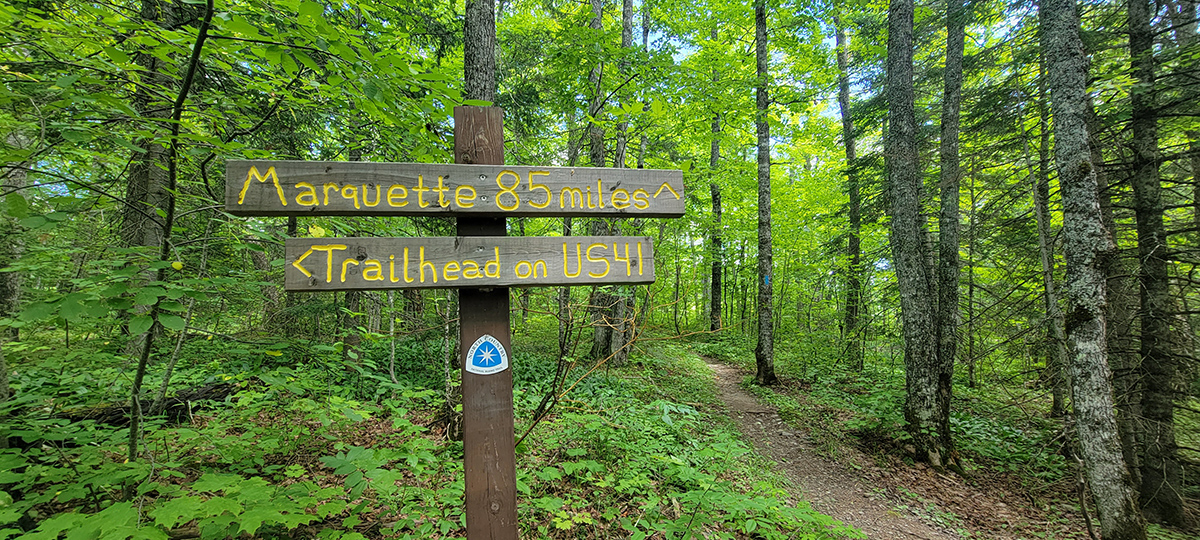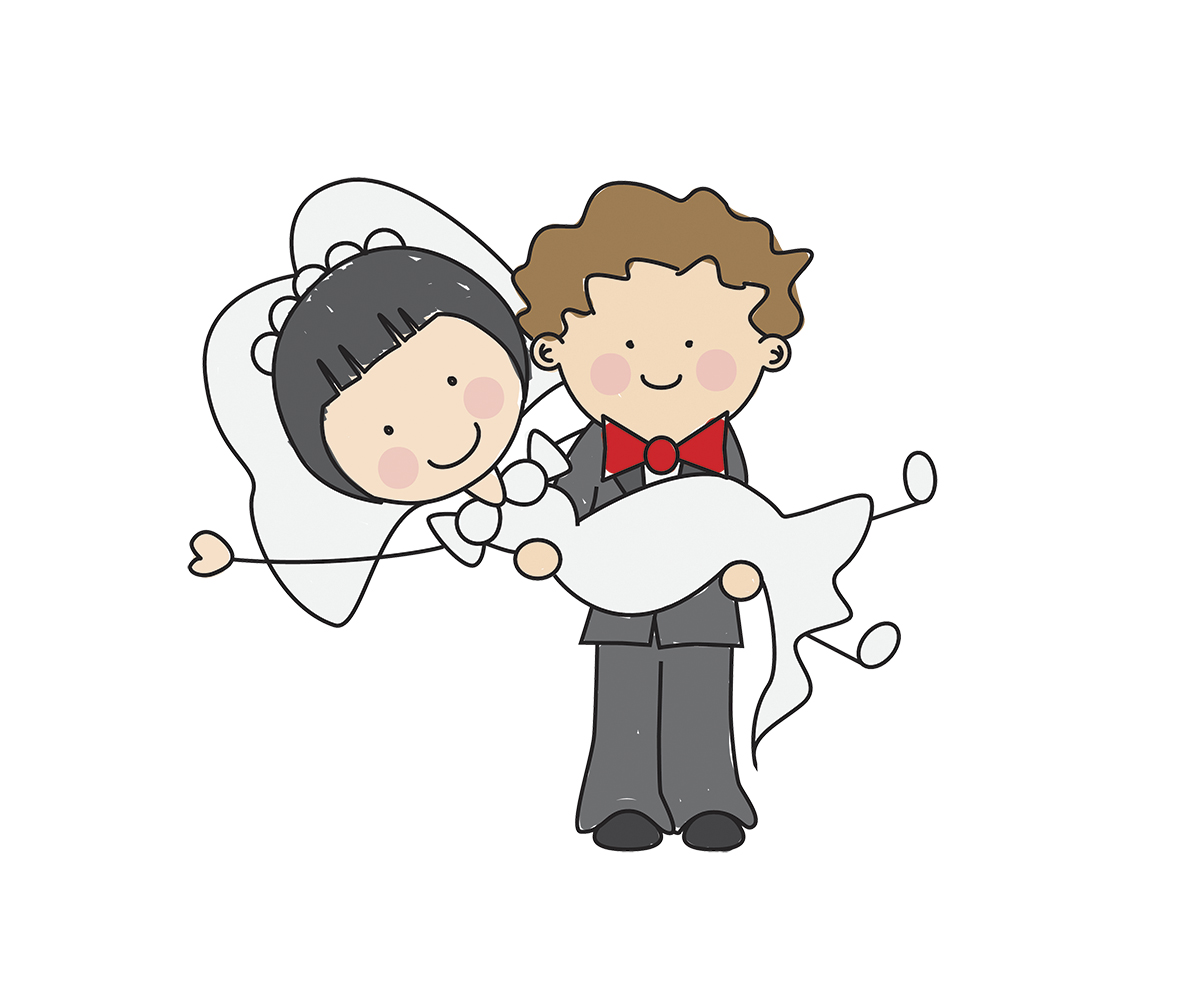WRITER | JULIE FORD
PHOTO| UNCLE DUCKY OUTDOORS
Pop-up, A-frame, dome, geodesic, and bivouac are a few tent types you may have personal experience with. Tent camping is fun if you remember how to set it up, can crawl in and out with ease, and the weather forecast is calm. But there’s a unique and more comfortable way to camp – in a yurt. Open the door, walk in, set your gear down, and off you go!
Nomadic Mongols designed and built the round, moveable homes thousands of years ago to follow the seasons for grazing their herds. They call it a “ger” (pronounced gaire), and Turks call it a “yurt.” Yurts have a fascinating history and are still used by nomadic peoples of Turkey, Mongolia, Central Asia, and Western China.
In Central Asia (south of Russia, north of Iran and Afghanistan), there is an expansive geographical region of grassland known as the steppe that spans 5,000 miles and includes Central Asia to the east. In the steppe, building materials are scarce, so the nomads came up with an accordion lattice dwelling base made of willow or birch that stretches into a large circle. The base is secured with poles and ties, a roof is attached, and the entire frame is covered in thick felted wool. Carpets are laid upon the ground, and the wool of domesticated goats, yaks, and sheep is felted to make waterproof ties and covers. Yurts can withstand winds up to 100 miles per hour and can be taken down in less than three hours and quickly moved.
In Michigan, yurts can be found at many privately-owned campgrounds, Michigan DNR campgrounds, and even on Airbnb. They can range from a simple structure to one with furnishings, plumbing, and electricity.
“At Paddler’s Village in 2016, we started with yurts, platform tents, and built small cabins,” says Greg Scott, general manager of Paddling Michigan. “Yurts took right off from the start, especially being on the shores of Lake Superior. People usually stay in a hotel or motel room, and they want something different – they want more amenities than camping, and yurts are kind of a difference.”
Paddling Michigan offers yurts at Paddler’s Village near Munising in the Upper Peninsula and the Au Train Beach Campground in Au Train, just west of Munising. Scott says the two campgrounds are different – Paddler’s Village runs on electricity, and Au Train uses solar power.
“Each Au Train yurt has its own compact solar-powered lithium battery bank,” explains Scott. While they don’t have mini-fridges, they do have LED lighting and USB ports for computers, phones, or other personal electronics. He says visitors enjoy the off-grid feeling of solar power. Showers and restrooms are just a short walk away. With a twin-over-double bunk bed and a futon, most of the yurts can accommodate five people, but there’s also a grand yurt that sleeps up to eight.
Today’s yurts in campgrounds are constructed of wood and canvas and have a skydome, lockable door, and wood platform floor. Although Paddler’s Village yurts are not available for winter occupancy, Scott notes that thanks to the yurt’s design, no snow gathers around its base – it piles up feet away, no matter how hard the Lake Superior wind whips through the trees or how much noise the waves make.
“They’re amazing – they are built like a house with studs and a frame and are cool in summer and warm in winter,” says Scott. “They are THE most sought after lodging that we offer. People gravitate to the yurts, they make you feel like a kid again, and it’s fun to say ‘yurt’ like some made-up word. You need to experience it at least once in your life!”








